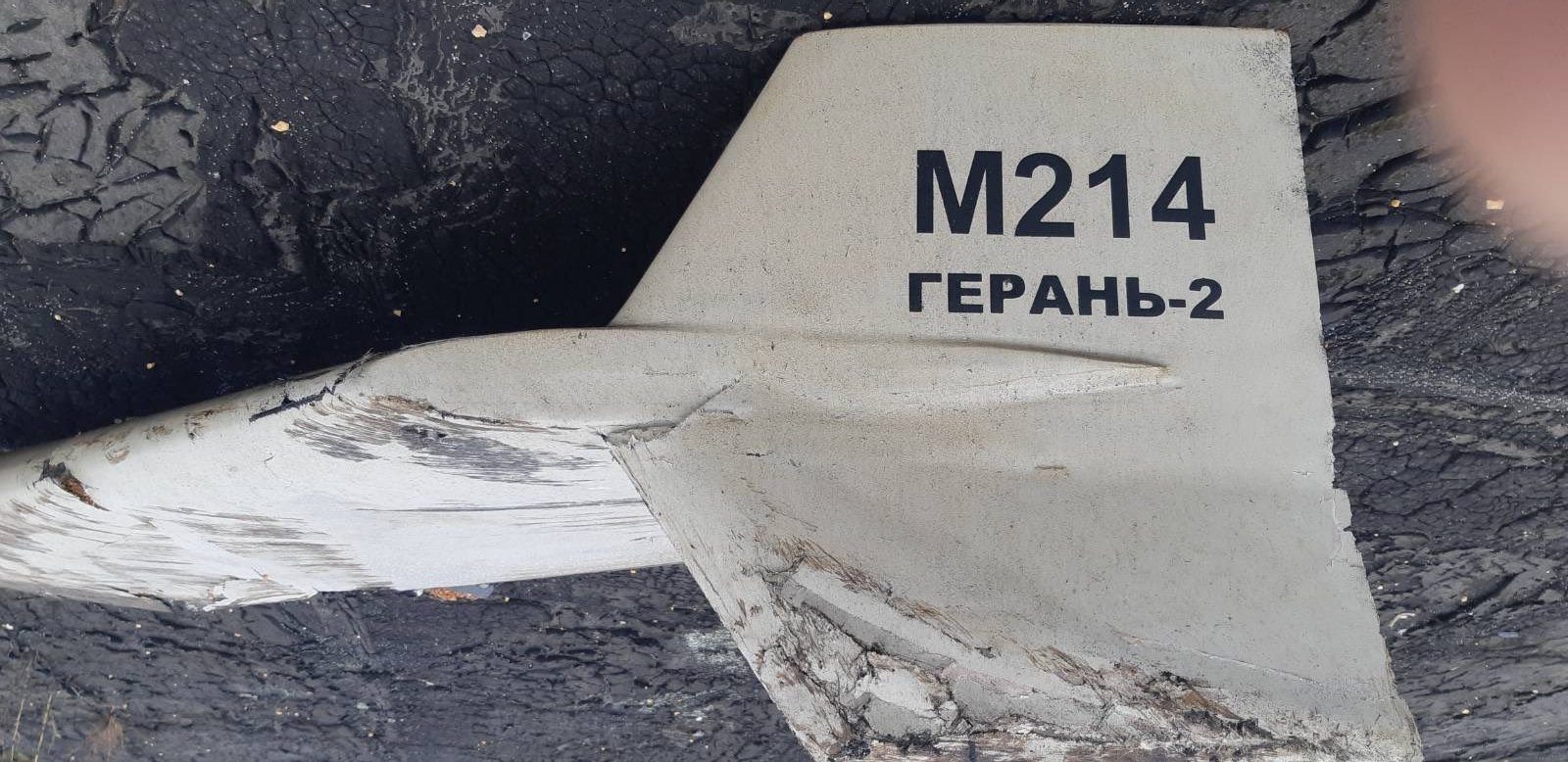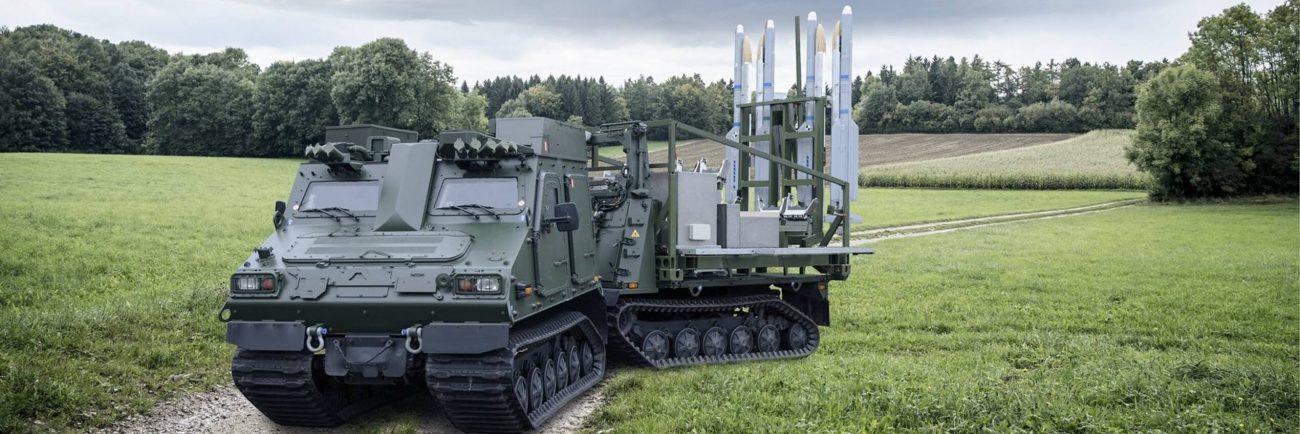Ukraine is spending significantly more money on countering the threat from Shahed-136′ kamikaze’ drones fired at its cities than Russia spends on acquiring and launching these Iranian-made drones.
Iranian-made drones have built a reputation for themselves in the ongoing Russia-Ukraine war. While these drones are not as technologically sophisticated as US, Israeli, Chinese, or even some Russian-made drones, Moscow effectively employs them to destroy Ukrainian positions.
Iranian armed forces are known to operate more armed drones than many other nations that have twice their defense budget, and that too under crippling Western sanctions.
This shows the importance of drones for Iran’s military planners, and the ongoing war in Ukraine is a testament to why that is the case.
As EurAsian Times discussed earlier, the war in the air domain was not as much about air superiority for Ukraine as it was about denying airspace to Russian combat aviation assets by using an array of air defense systems.
Ukraine fielded medium and long-range air defenses, like the S-300s and Buk-M1s, which forced the Russian fighter jets to fly at altitudes below 4500 meters, right into the range of the man-portable air defense systems (MANPADS) that have accounted for a significant number of shoot-downs of Russian aircraft.

Ukraine’s air denial strategy worked for a while, but then the Russian military adapted to the circumstances and began employing kamikaze drones like Iranian-made Shahed-136 in large numbers that overwhelmed Ukraine’s air defenses.

The Russian forces began swarm attacks using multiple Shahed-136 kamikaze drones at once, in batches of five and more, to overwhelm Ukrainian air defenses. Russian forces reportedly used 12 drones for a single swarm attack in one instance.
As per some reports, the Russian forces have also been launching the kamikaze drones in pairs, with one flying above the other, either as a backup if the lower one is shot down, or if the lower drone is successful, the second one can be directed toward a different target.
Since early October, Russian strategy has been to fill the Ukrainian skies with a salvo of missiles and loitering munitions to overwhelm the Ukrainian air defense systems to destroy Ukraine’s energy grid and critical infrastructure as the winter sets in.
Shahed-136 drone flying towards the Ukrainian Ladyzhinska thermal power plant.
The flying moped successfully made its delivery pic.twitter.com/4qx2DC2Fx8
— LogKa (@LogKa11) October 11, 2022
This is quite similar to the strategic bombing done by the US during the Vietnam War or by the Allied forces during World War II, using several bombers, as discussed at length by EurAsian Times here.
Now, instead, Russia is using drones to target Ukrainian cities, and it saves risking the lives of pilots and losing expensive aerial bombing assets.
Cheap Iranian Drones Proving To Be Expensive For Ukraine
Ukraine has downed the kamikaze drones with surface-to-air missiles and fighter aircraft, including MiG-29 and Su-27.
In fact, after almost every large-scale drone attack by Russia, Ukrainian forces have claimed an impressive number of shoot downs, mostly above 60%, and in some instances, even above 80% of drones used by Russia in its barrages.

Assuming the claims made by Ukrainian forces are valid, the significant cost differential between the kamikaze drones employed by Russia and the surface-to-air missiles used by the Ukrainian troops to shoot them down, coupled with the vast numbers in which Russia deploys these kamikaze drones, raises the question whether Ukraine can call its counter-drone effort a success.
Ukraine has been using its own Soviet-era air defense systems like S-300 surface-to-air missiles, which have already been depleting at faster rates, and the expensive West-supplied systems like IRIS-T and NASAMS, etc.

These surface-to-air missile systems are critical for Ukraine to deny its airspace to advanced Russian fighter aircraft, but instead, they are being used up in huge numbers to counter cheap Iranian-made kamikaze drones.
For example, an average Shahed drone costs around $20,000, while an IRIS-T missile costs about $430,000, which is 20 times more than the cost of the Iranian-made kamikaze drone.
Ukraine is said to have spent around $28.14 million, from September 13 to October 17, on defense against these kamikaze drones, according to an estimate by military analysts at the NGO Molfar, based on open-source data of kamikaze drone launches by Russia that period.
Whereas for Russia, the cost of drone attacks on Ukraine for the same period is estimated by military analysts at the NGO Molfar to be around $11.66-17.9 million.
Gloating about the number of Geran drones, valued at $14,000 ea, that it has shot down isn't going to help Ukraine win the war.
— Vijainder K Thakur (@vkthakur) December 20, 2022
For Russia, these kamikaze drones offer an expendable and cost-effective alternative to expensive aircraft and cruise and ballistic missiles. Even if they are shot down, they still deplete Ukraine’s already diminishing stockpile of surface-to-air missiles, as discussed previously by EurAsian Times.
Also, these kamikaze drones are supposed to be destroyed in their missions; therefore, their shoot-downs do not represent a loss for the Russian military, which is launching them for a one-way mission.
Furthermore, kamikaze drones downed after reaching cities also have considerable potential for causing large-scale damage from falling wreckage.
- Contact the author at tanmaykadam700@gmail.com
- Follow EurAsian Times on Google News




